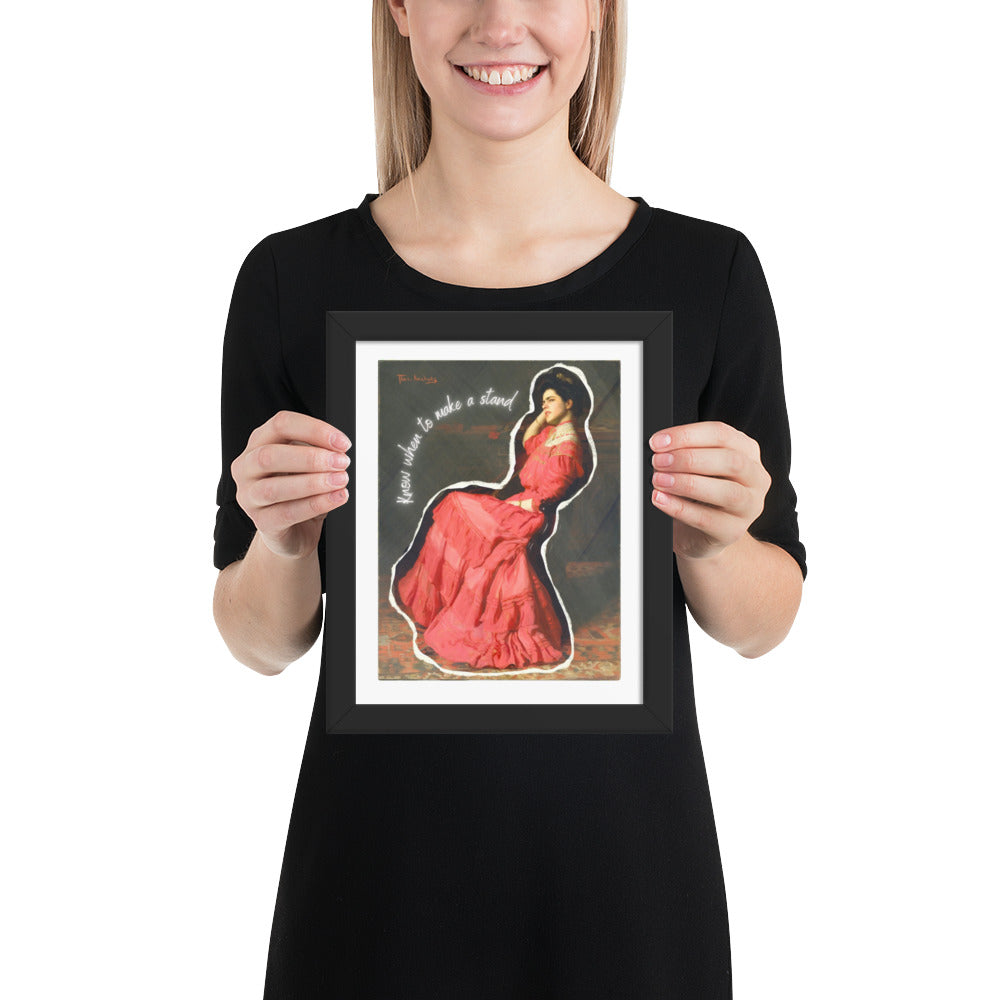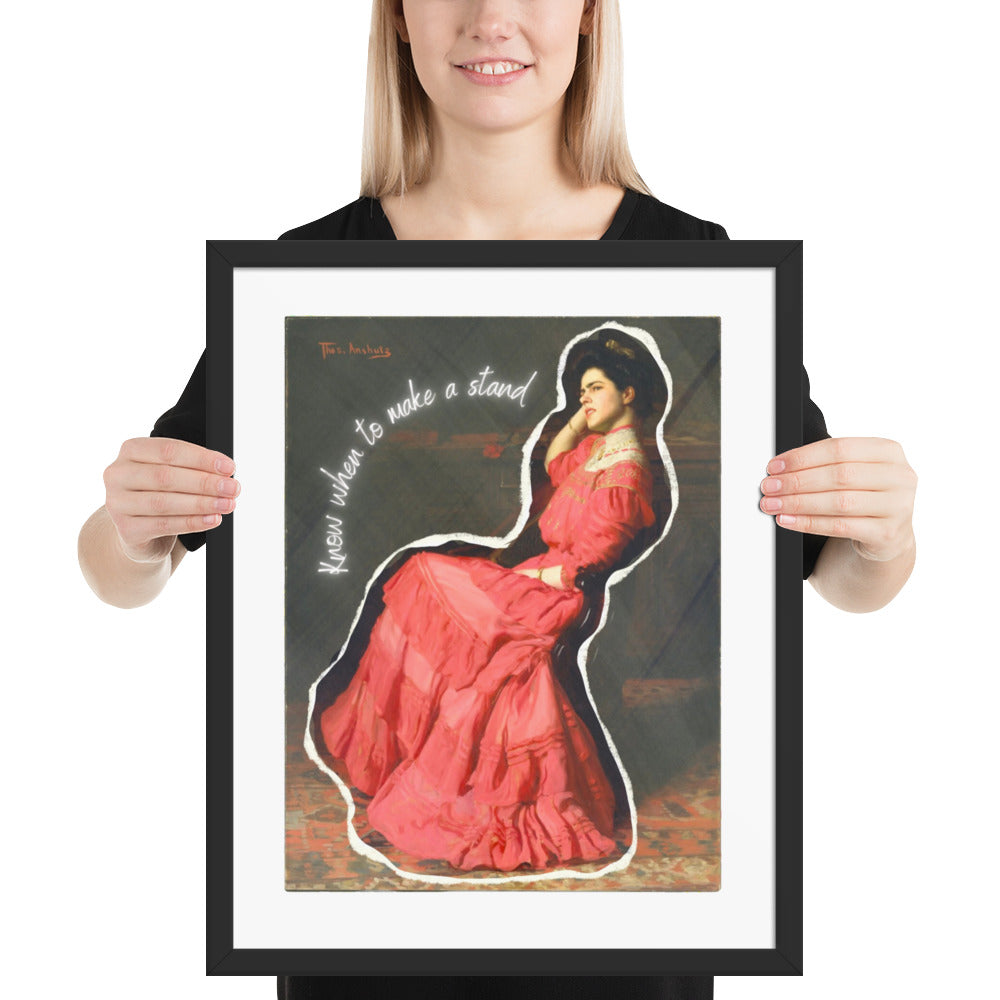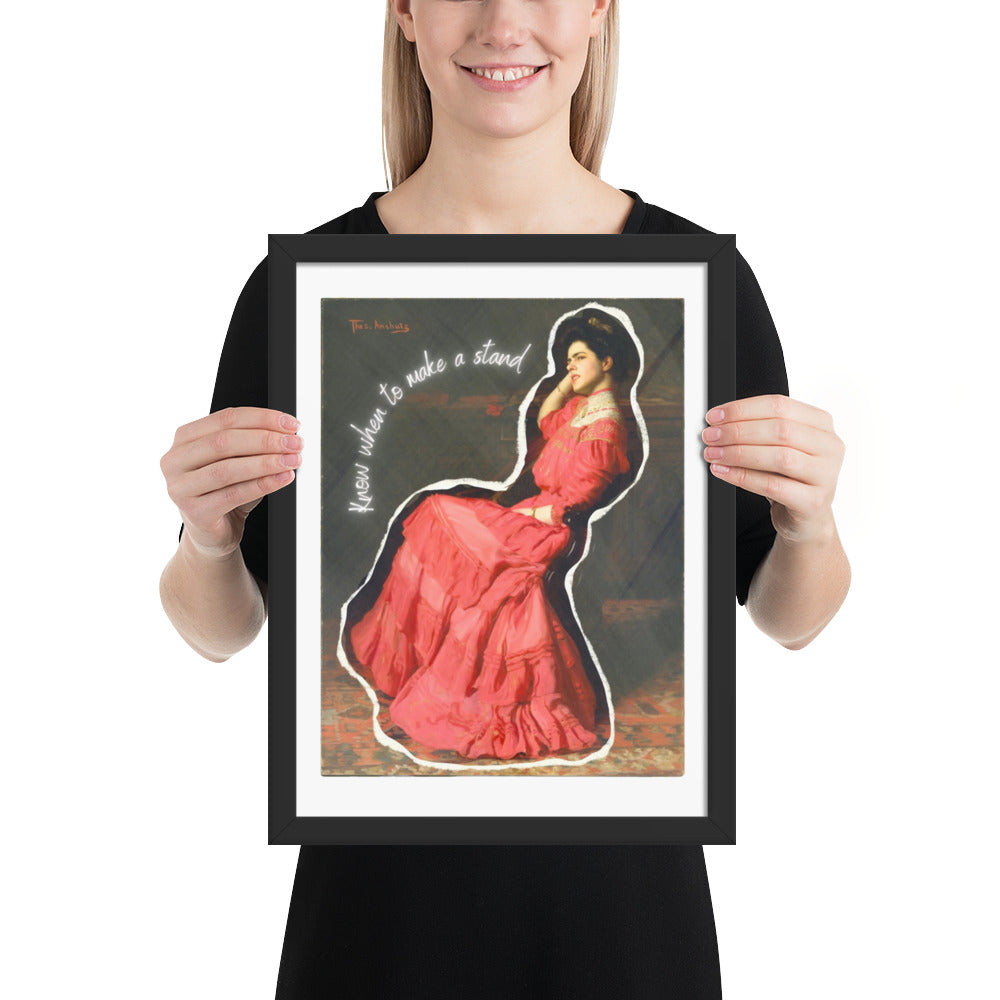July Bean Designs
Timeless Truths: A Rose Framed Print
Timeless Truths: A Rose Framed Print
Couldn't load pickup availability
Artwork Details:
- Based on the original art "A Rose" by Thomas Anshutz, 1907
- One of the most gifted American art teachers, Anshutz links the realism of his mentor Thomas Eakins with that of the Ashcan School, some of whom were his students. Perhaps because Anshutz spent so much time teaching, he painted only about 130 oils. Some of the most impressive belong to a series of images of Rebecca H. Whelen, daughter of a trustee of the Pennsylvania Academy of the Fine Arts, where Anshutz taught. The woman at leisure and the likening of a beautiful woman to a flower are common themes in late-nineteenth-century American painting. They reflect the contemporary definition of a woman's proper sphere: the realm of leisure, beauty, and the aesthetic, harmonious domestic environment. "A Rose" reflects Anshutz's simultaneous appreciation of Eakins's academic rigor and psychological probing and John Singer Sargent's painterly freedom.
- "A Rose" also suggests the influence of Diego Velázquez and James McNeill Whistler on late-nineteenth-century painters, including Eakins and Sargent as well as Anshutz. In portraying the young woman as contemplative and yet intellectually and emotionally alert, Anshutz also anticipates the earthier women painted by members of the Ashcan School and other twentieth-century realists.
• Ayous wood .75″ (1.9 cm) thick frame from renewable forests
• Paper thickness: 10.3 mil (0.26 mm)
• Paper weight: 189 g/m²
• Lightweight
• Acrylite front protector
• Hanging hardware included
• Blank product components in the US sourced from Japan and the US
• Blank product components in the EU sourced from Japan and Latvia
How to attach hooks on 24″ × 36″ horizontal frames:
Place each of the mounting hooks 1 inch (2.5 cm) from frame corners when hanging horizontally.
This product is made especially for you as soon as you place an order, which is why it takes us a bit longer to deliver it to you. Making products on demand instead of in bulk helps reduce overproduction, so thank you for making thoughtful purchasing decisions!
Share





